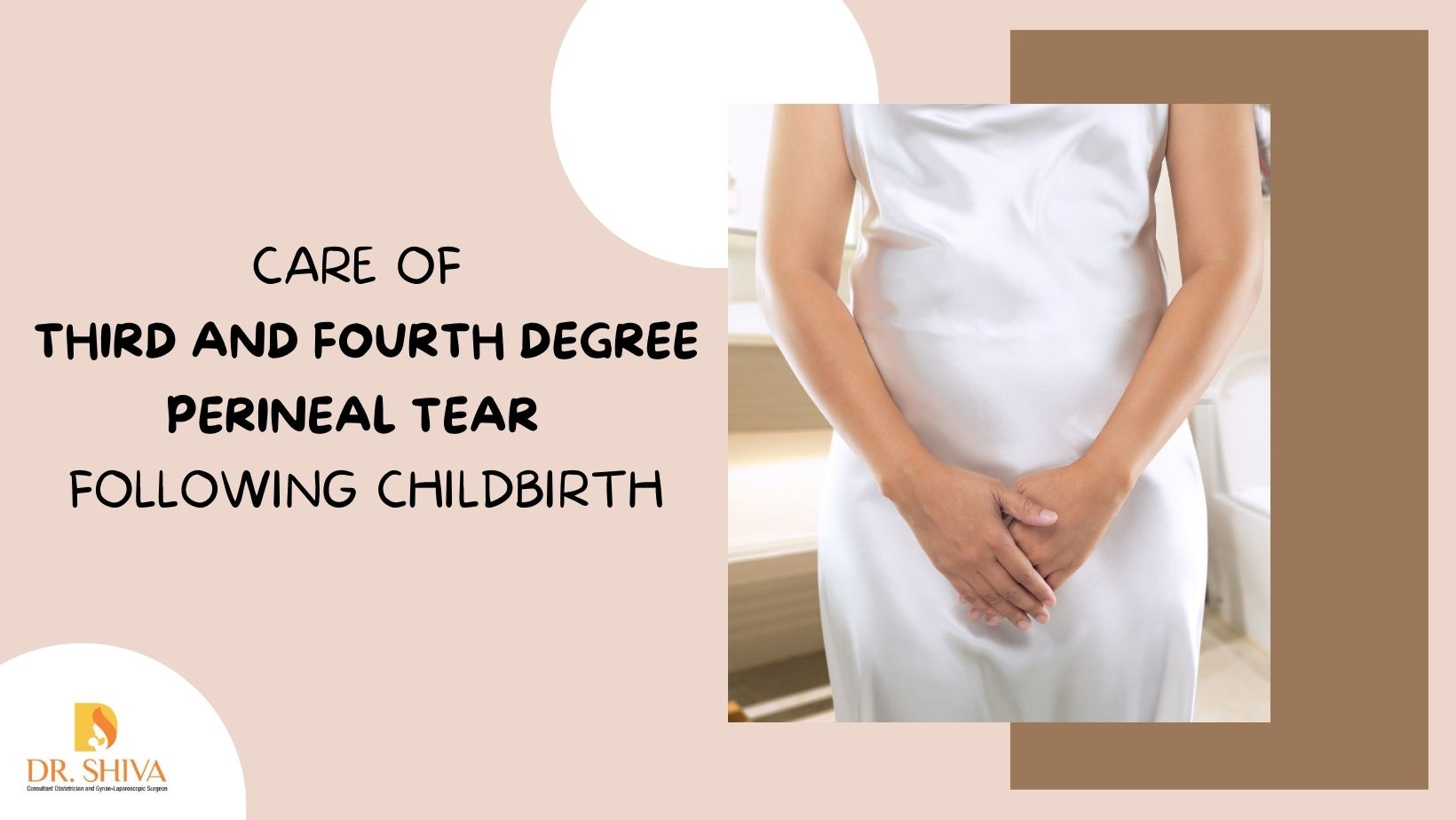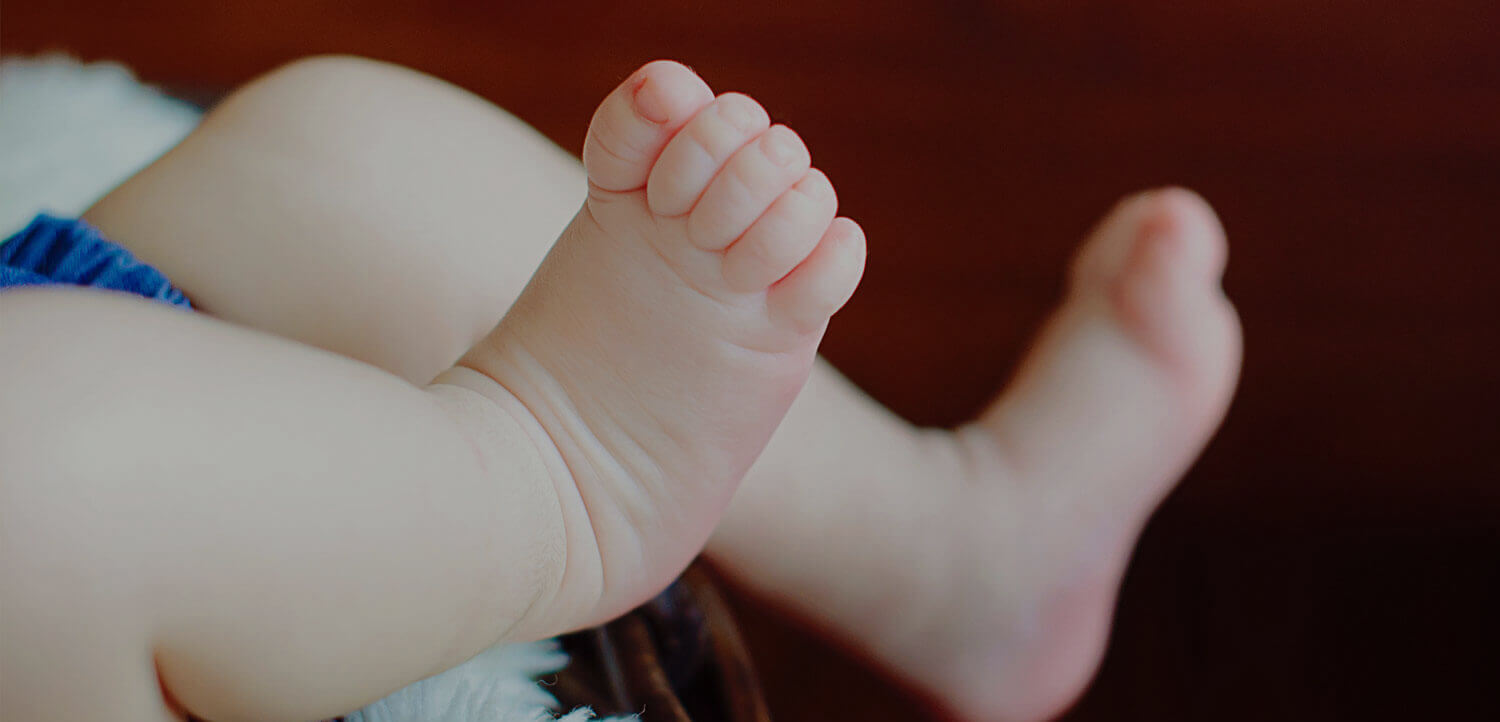
During vaginal delivery, the skin and muscles around your vagina stretch to enable the baby to come out. It is common for a certain amount of perineal tearing to occur in this stage. An uncommon complication that can occur is a third-degree or fourth-degree tear. It is also known as obstetric anal sphincter injury (OASI). At times a tear may also be made surgically (episiotomy). The percentage of chances for a perineal tear of this severity to occur is greater in the first vaginal delivery than for those who previously had a vaginal birth. Proper care of Third and Fourth degree perineal tear is necessary in order for it to heal in time and avoid infections.
Perineum is the space between the vaginal opening and the anus. A third-degree tear is when the cut extends from the vaginal opening, through the perineal muscles to the muscles that surround the anal opening. A fourth-degree tear is when the tear continues all the way to the rectum or anal canal. The tear is repaired immediately after the baby is born. The recovery varies from person to person, in most cases there won’t be further complications once it has been repaired, but it may affect mobility until the new mother fully recovers. Another issue that can occur is anal incontinence, that is, not having control over bowel movement.
What happens after the repair of a perineal tear?
The patient will be put on a trip until she will be able to have food, and a catheter inserted into the bladder to collect urine until she can go to the washroom on her own. The patient will be provided with
- Laxatives to avoid constipation
- Pain relief medications
- Antibiotics to avoid infections
Breastfeeding will not be an issue, except that a sitting position may be difficult for the new mother. Consult with the doctor to find a comfortable position.
Management or care of the perineal tear
• Apply ice packs on the area frequently.
• Lie down for 20-40 minutes after every hour to give time to heal.
• Move in and out of the bed on your side.
• Always keep the perineum clean. Avoid the use of any products like cream or ointments in that area.
• Wash your hands before and after using the washroom and change pads regularly. This can help to reduce the chances of infection.
• You may experience soreness for close to around two months in that area and may experience pain when sitting or walking. Passing urine may also cause a stinging feeling, this can be reduced by pouring water over the area.
• Your bowel control may not be as good as before. Make sure to have lots of fluids and fruits and vegetables to avoid constipation. Drink lots of water. When using the toilet keep your feet on a stool to raise your knees. Relax and try not to strain.
• Pelvic exercise is good to strengthen the muscles in the pelvic area, but avoid strong pelvic exercises for the first six weeks, after that gradually increase the strength.
• Avoid lifting heavy things and strenuous activities for 4-6 weeks.
• It is better to have sex only once your stitch has healed, there is no bleeding, and the new mother feels right.
When do we need to consult the doctor immediately?
- If you notice any bleeding, increase in pain, or foul smell as these can be signs of infection.
- Some may experience anal incontinence, which can cause leaking of faeces and not being able to control the passing of wind. You must talk to the doctor in case of any concerns, and they may direct you to a physiotherapist. In rare cases, another surgery will be necessary.
- Family support is extremely important during this stage. There is a risk for PTSD -post-traumatic stress disorder. If the new mother has low moods or seems disturbed, make sure to consult with a healthcare professional.
A follow-up check-up will be fixed after 6-12 weeks during which you can talk about your concerns with the doctor. The doctor will make sure the stitch has healed completely and everything is fine.
For future birth plans or if you have become pregnant again make sure to inform the doctor about the perineal tear and if any symptoms or issues continue to persist. If you have recovered fully there will not be an issue in having a vaginal birth but otherwise, a vaginal birth may make your issue worse. Depending on the patient’s health and various other factors the doctor will help determine which type of delivery to proceed with. For more details kindly contact us.

